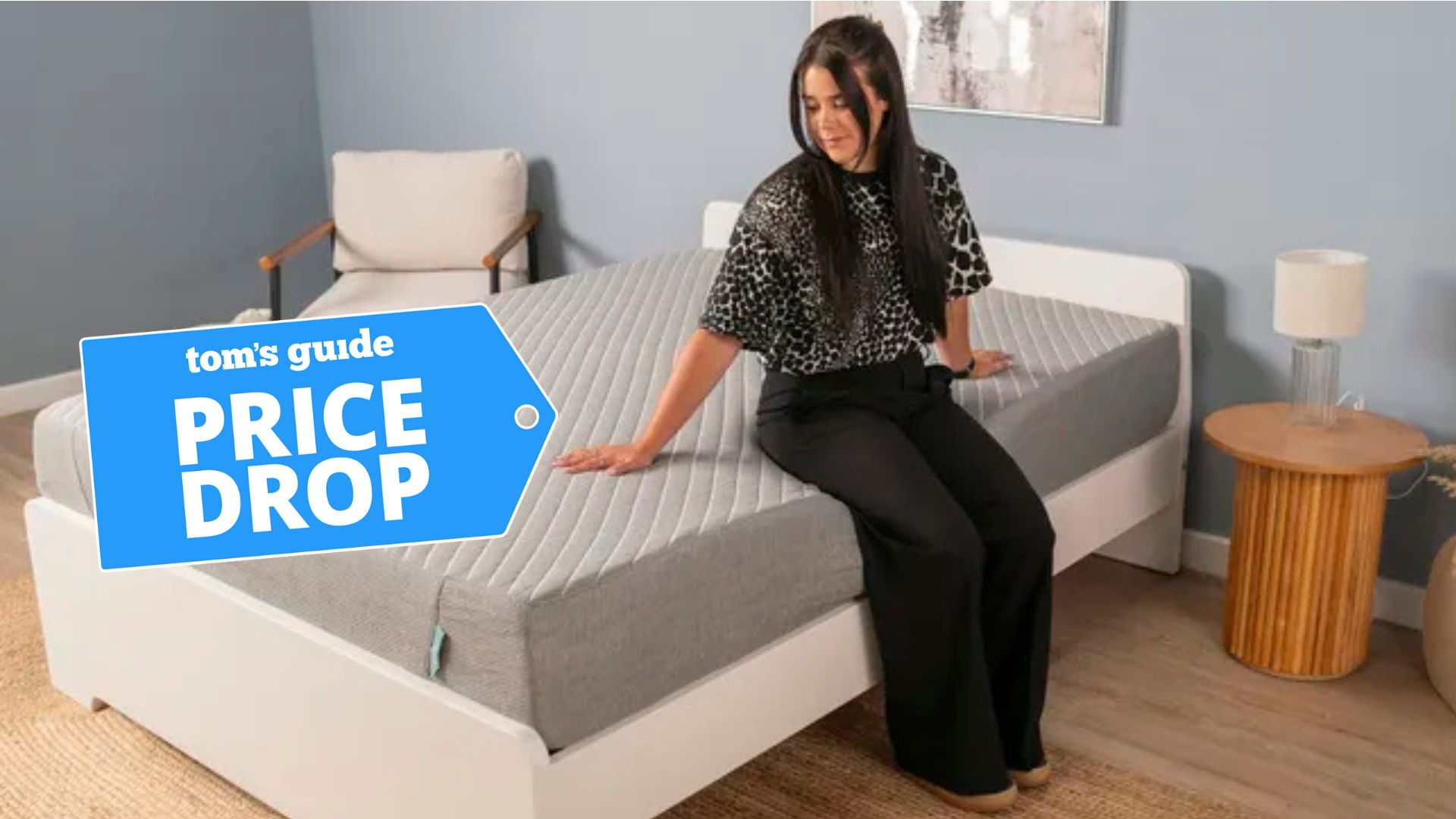How do you get stains out of a mattress without damaging it?
Here's how to safely remove stains from your mattress with zero damage
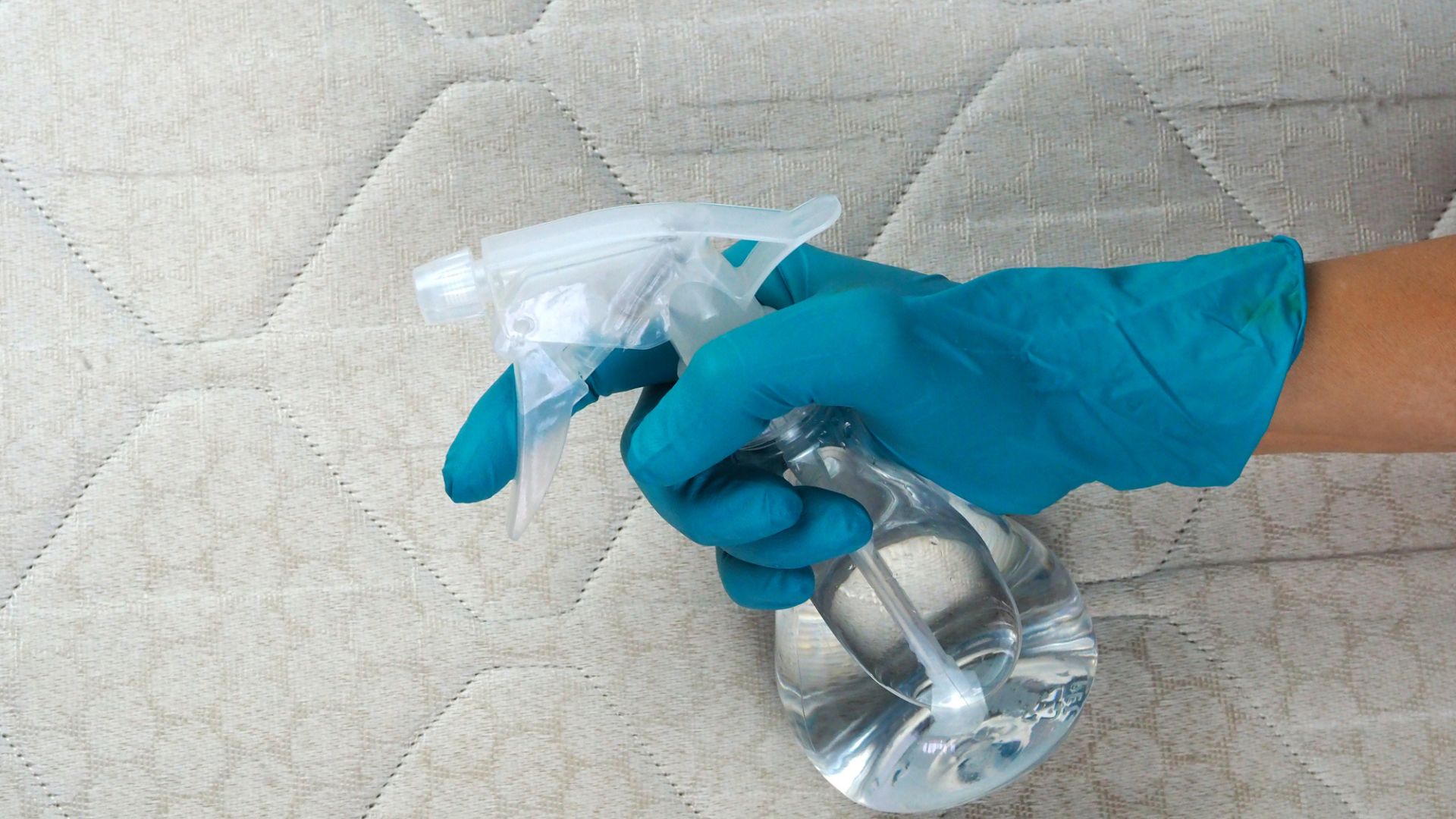
Mattress stains can build up over time, so it's important to know how to get them out. These stains accumulate thanks to the everyday spills and accidents, not to mention the pileup of dead skin and body oils night after night. But how do you get these stains out of a mattress without damaging it?
In this guide, we will walk you through a step-by-step how to clean your mattress without causing damage, including advice on tackling the most common stains. Our top tip? Always read the care instruction label on your mattress before trying out any of our cleaning methods.
If after reading you decide that your mattress needs upgrading instead of a deep clean, take a look at our top recommendations for this year's best mattresses for all sleepers and budgets. Many of them are discounted too thanks to this year's Labor Day mattress sales and deals.
- Read more: How to get blood stains out of bed sheets
Why you need to remove stains from your mattress
Removing stains from your mattress is essential to a healthy and comfortable sleeping environment. Stains, particularly those that arise from sweat, sebum and other bodily fluids can harbor bacteria and allergens that could lead to respiratory issues, allergic reactions, and bad odors.
If they are not tackled swiftly, they can create a damp, humid environment that is perfect for the growth of mold and mildew. It’s important to know how to spot mattress mold and deal with it quickly before it causes serious harm to your health. Plus, it can attract pests like dust mites or bed bugs, which can further damage your mattress and cause an uncomfortable, allergenic space.
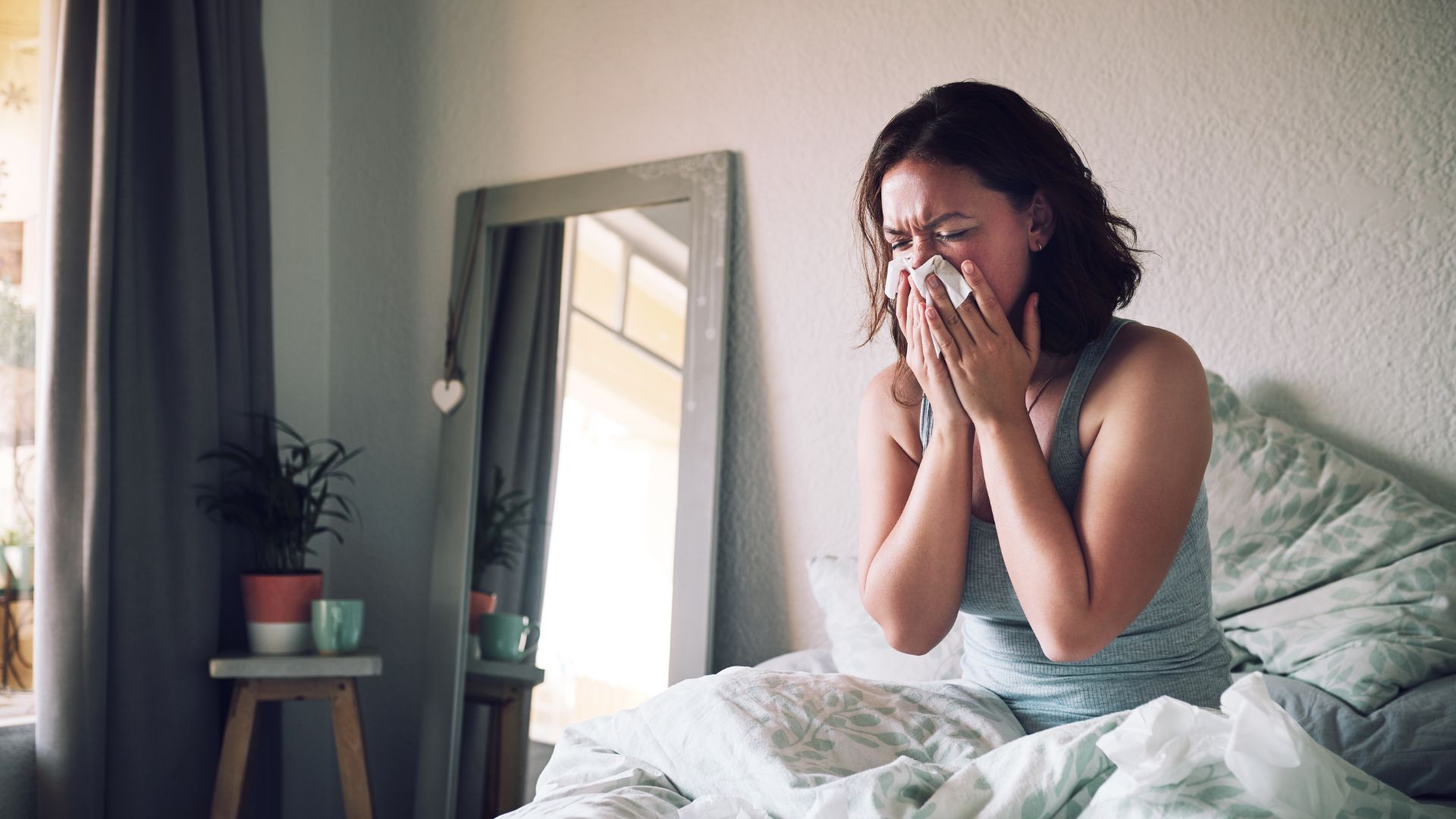
Stains don’t just cause potential health issues either, they can also be damaging to the structure and materials of your mattress. Liquids weaken the mattress's fibers, leading to fraying, tearing and a general breakdown of the material. Once that happens, it won’t just be a case of your mattress looking unsightly but also lumpy, uneven, and super uncomfortable - it can even lead to waking up with aches, pains and headaches each morning.
Keeping your mattress free of stains doesn’t have to be difficult. It can be as simple as changing your sheets on a regular basis and investing in one of the best mattress protectors, so you can have a clean and hygienic bed for as long as you own it.
Sign up to get the BEST of Tom's Guide direct to your inbox.
Get instant access to breaking news, the hottest reviews, great deals and helpful tips.
5 ways you’re damaging your mattress when trying to remove stains
1. Over wetting
Using too much liquid on your mattress is a big no-no. This is especially important when it comes to memory foam or latex mattresses which are extremely porous and should never get wet. Using too much liquid, be it water or cleaner, can make the mattress difficult to dry which can lead to mold growth, unpleasant odors and the weakening of mattress fibers.
2. Using harsh chemicals
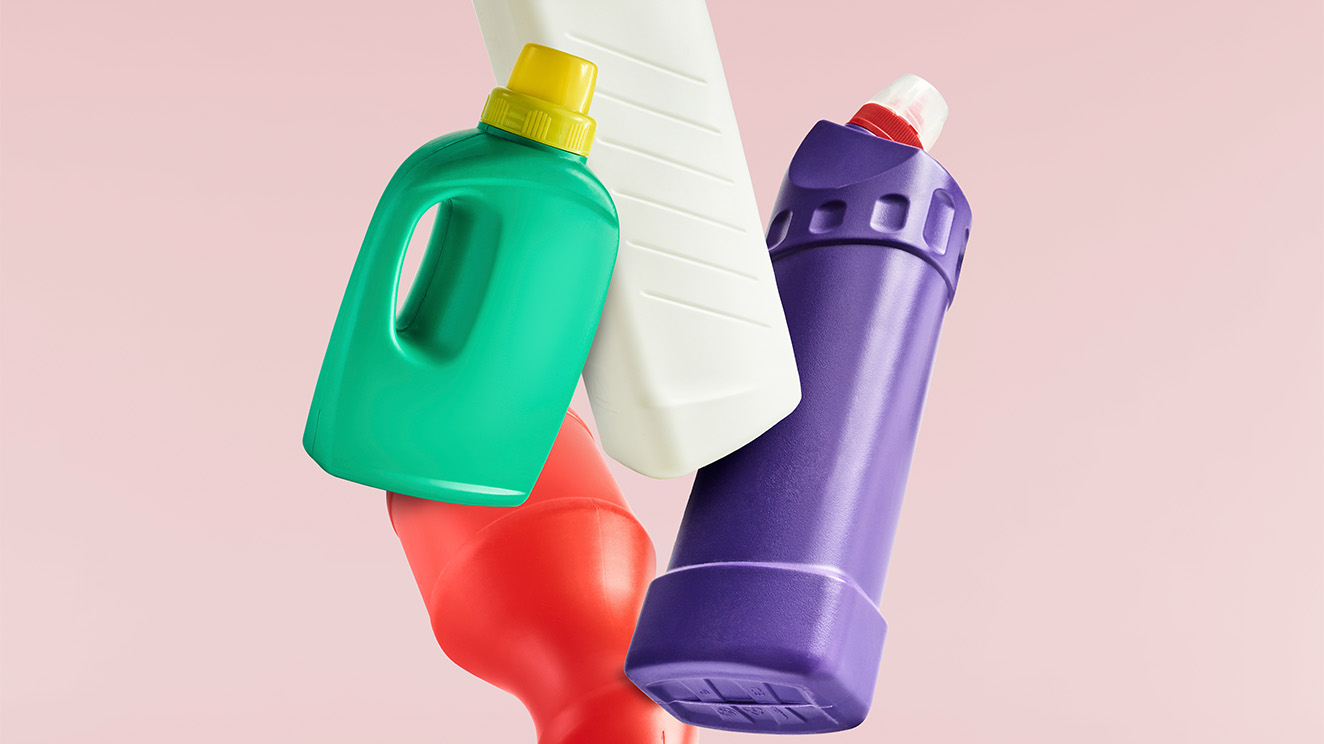
Using harsh chemicals should always be avoided when it comes to cleaning your mattress. These can cause discoloration of the fabrics, weakening of the materials and could potentially release harmful fumes which you’re likely to breathe in whilst you’re sleeping.
You could also risk voiding your warranty as many mattress brands have a specific clause that excludes damage caused by the use of chemicals. Always use gentle cleaning solutions, such as mild detergents specially designed for fabric and mattresses or natural homemade remedies such as baking soda and vinegar.
3. Scrubbing at the stains
It can be tempting, but scrubbing will do more harm than good. Scrubbing stains on your mattress can tear and weaken the surface and can also cause stains to spread further leaving you with a bigger problem than you started with. Instead of scrubbing, gently blot the area and take your time, you can always repeat the task if you need to.
4. Not letting your mattress dry out
It’s important before you embark on any mattress cleaning journey that you give yourself enough time to complete the task. This is because you always need to ensure that your mattress is fully dry before you add your bedding and sleep on it. A damp mattress can become a breeding ground for bacteria which will heighten any allergies and skin irritations. But it is also very uncomfortable to sleep on a damp mattress and it’ll start to smell bad pretty quickly.
5. Using the wrong method for the bed or stain
Always read the care label on your mattress before you tackle any cleaning job, as each mattress will have different instructions attached. For example, if you have one of the best memory foam mattresses, you should never get it wet as it ruins the foam. While we’ve been mindful to share tips and tricks below that suit all mattress types, it’s always worth double-checking.
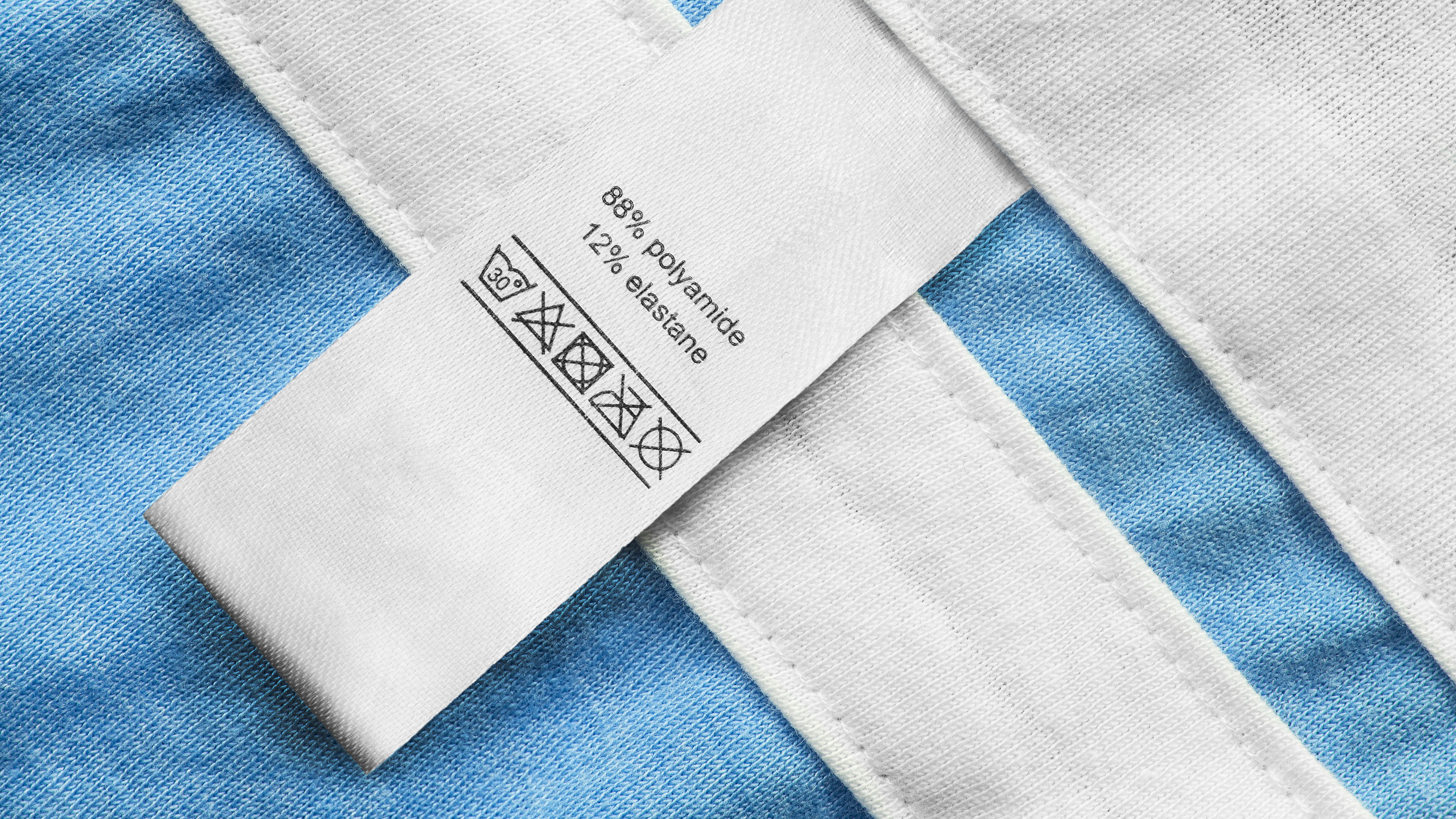
Different stains also need different treatments. If you use the wrong method then it can set the stain or make it even worse by spreading. For example, if you’re dealing with blood, you need to use cold water as using heat on a blood stain can cause it to set in permanently. Always check cleaning guides when it comes to removing stubborn stains to make sure you're using the right products, the right way.
How to remove general stains without damaging a mattress
Beds aren't just sleeping; they're for everyday activities such as relaxing and lounging, breakfast in bed, and getting ready in the morning. Day-to-day life, howver, can mean your mattress is prone to everyday accidents, such as food and drink spills and make-up stains. Luckily there's a method to remove these run-of-the-mill spills.
What you’ll need:
- Clean cloths
- Cold water
- Mild laundry detergent
- White vinegar
- Baking soda
- A clean spray bottle
- Vacuum cleaner
1. Blot the stain
Using paper towels or a clean dry cloth, blot the stain to make sure there is no excess moisture. Avoid rubbing the area as you don’t want to push the stain deeper into the mattress. Blot the area until your paper towel is completely dry.
2. Mix a cleaning solution
Here's a brilliant solution you can make at home that will tackle general stains on your mattress. In a clean spray bottle, mix together equal parts of cold water and white vinegar with a couple of drops of mild laundry detergent or dish soap. Gently shake the bottle to mix together the ingredients.
3. Vacuum the surface
Vacuum the surface of your mattress, pay special attention to the sides and seams this is where dust mites will likely be hiding out. Vacuuming your mattress will remove all dirt and debris so you won’t risk further staining and you’ll be getting rid of dead skin cells, sweat and other nasties that would have accumulated on the bed.
4. Apply the cleaning solution
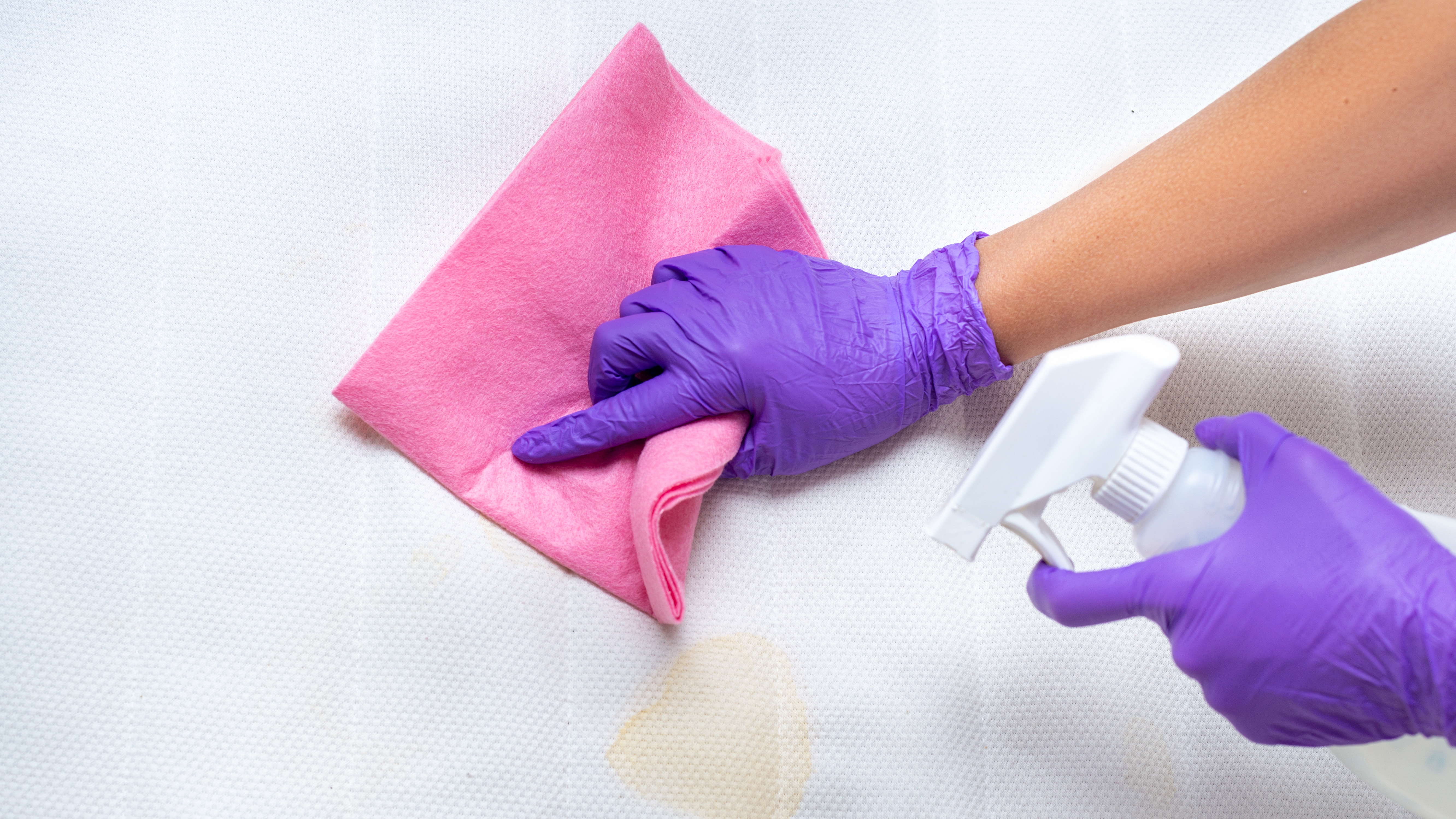
Spray the solution on to the stained area. It’s really important that you don’t oversaturate the surface, instead it should be a light misting. Don’t forget that you can repeat these steps so it’s a gradual process.
Leave your cleaning mixture for at least 10 minutes and then grab a clean, absorbent cloth and start blotting the stained area. You can reapply the cleaning solution as needed until the stain is lifted.
5. Sprinkle some baking soda on the surface
Baking soda works really well to assist in lifting stains and neutralizing any odors. You don’t have to wait for your mattress to dry at this point - just sprinkle a generous amount of baking soda over the surface and leave it to work for at least four hours. This will also do a good job of removing any excess moisture left on your mattress.
6. Vacuum again
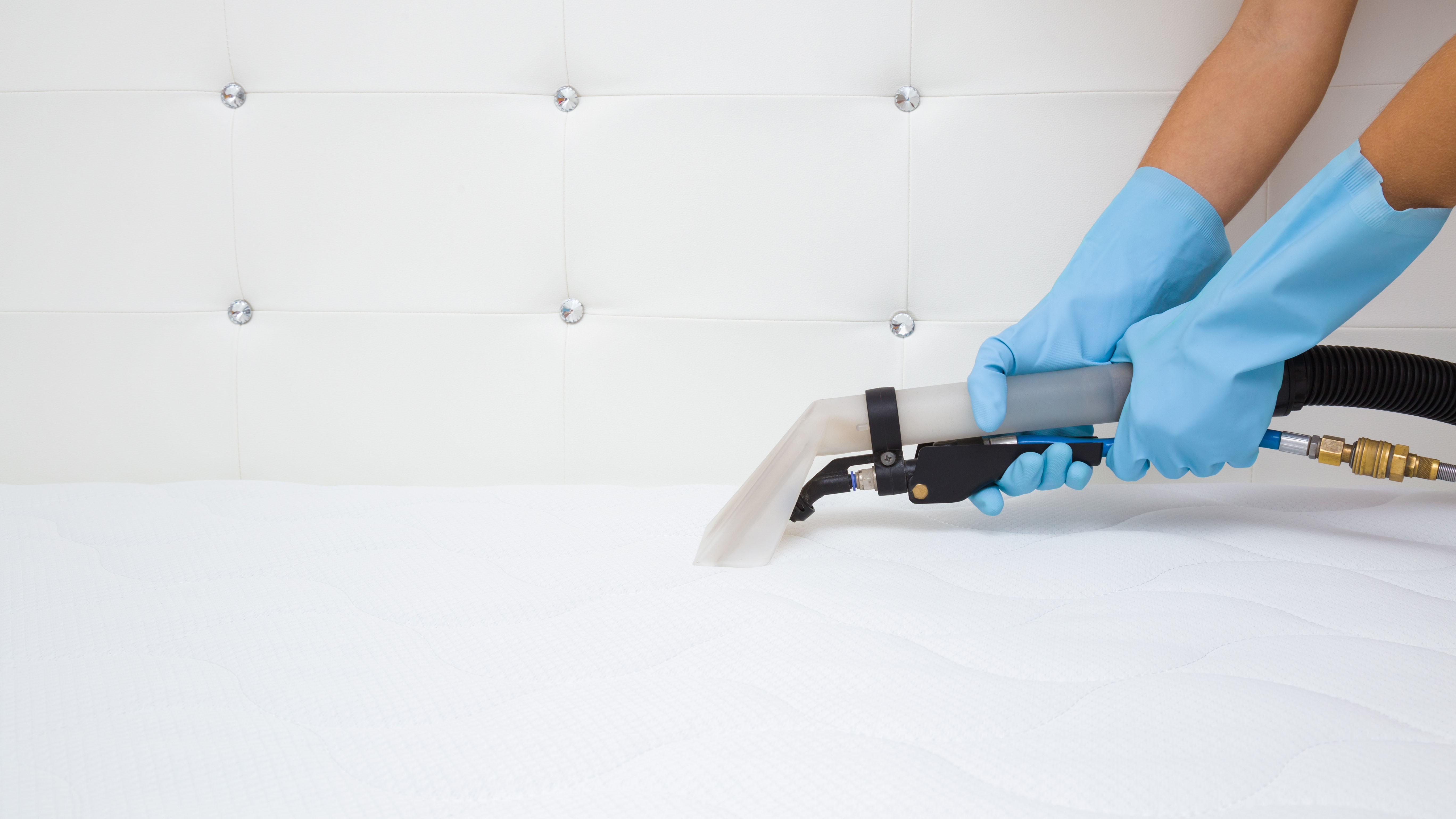
Once your baking soda has had time to rest (the longer you can leave it the better), vacuum the surface again to remove any trace of the baking soda. You may want to run the vacuum over the surface a couple of times to make sure you’ve managed to get it all.
7. Leave your mattress to dry
Allow your mattress to air dry completely before you re-add your bedding and go to sleep on it. You can open up all the windows or use a fan or dehumidifier to expedite
this process, but try to avoid any direct heat as this could damage your mattress.
How to remove fresh blood stains from your mattress without damaging it
The method you use to remove blood stains will generally depend on how long they have been there. Here's the method you should use to get rid of fresh blood stains.
What you'll need:
- Baking soda
- Paper towels or clean cloths
- Cold water
1. Absorb as much as possible
Before you can tackle the blood stain you need to remove any excess that may still be on the surface. Dab at the surface to remove as much blood as possible before you start the next step.
2. Sprinkle baking soda over the blood stain
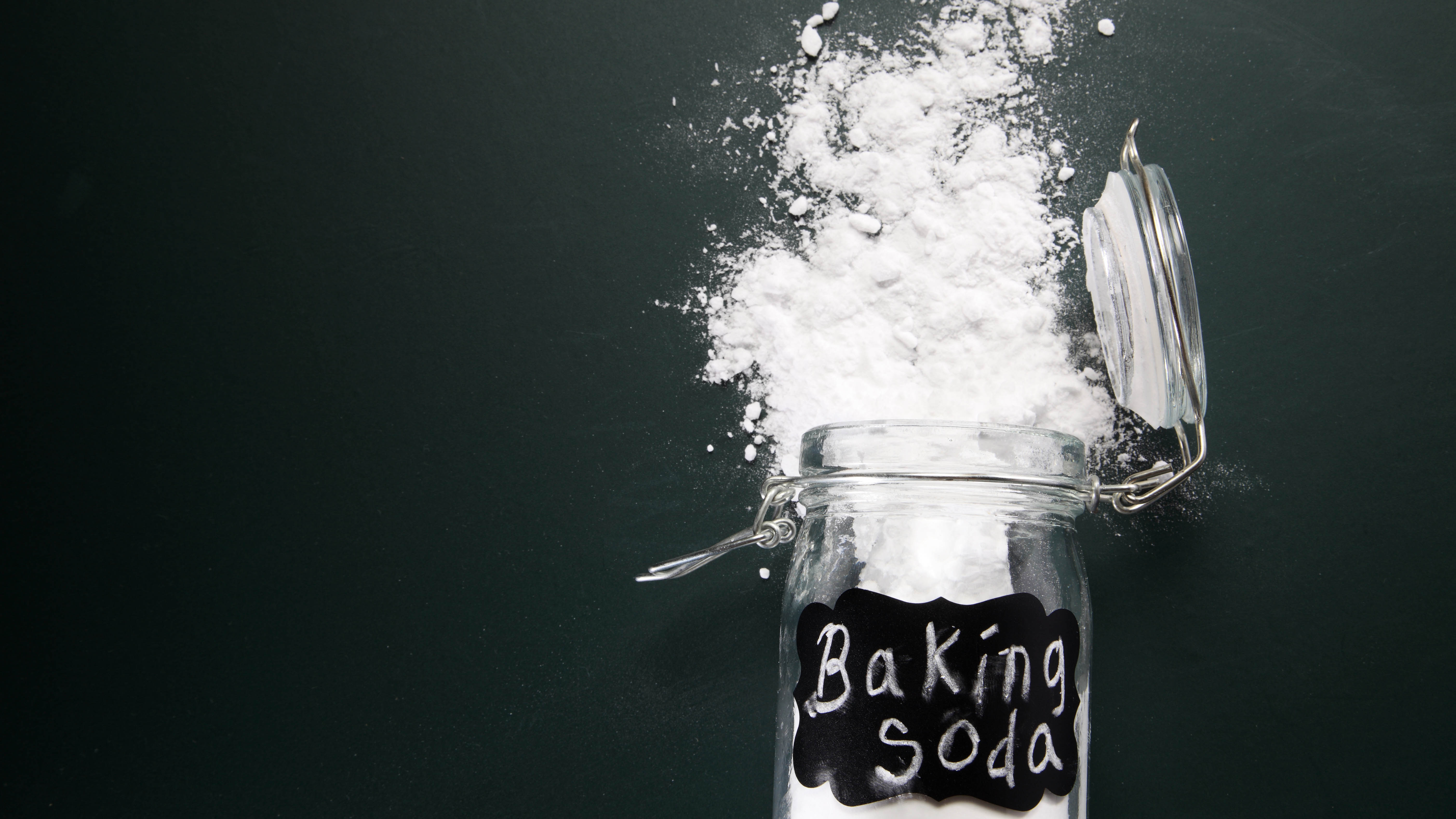
Add a thick layer of baking soda over the blood stain and let it sit for a couple of hours. Baking soda is a great way of absorbing any moisture and it will also loosen the fibers of the fabric so that the stain doesn't set in.
3. Remove the baking soda and rinse with cold water
Once the baking soda has sat on the surface, vacuum any excess powder away. Next get a damp cloth and dab away at the stain until it's completely lifted. It is really important to note that when dealing with blood, any water you use must be cold. Heat will cause the blood to coagulate which will then stick tightly to the fibers of the fabric.
How to remove set-in blood stains from your mattress
The method you use to remove blood stains will generally depend on how long they have been there. Here's the method you should use to get rid of blood stains that have already set.
What you'll need:
- 1/4 cup hydrogen peroxide
- 2 tbsp of cornstarch
- 2 tbsp of salt
- 1 tbsp of baking soda (optional)
- Cold water
- Clean cloth
- Clean bowl for mixing
1. Mix together your ingredients
In a clean bowl, mix together 1/4 cup of hydrogen peroxide, two heaped tablespoons of cornstarch, two tablespoons of salt, one tablespoon of baking soda. You will notice that the ingredients will start to bubble up, this is just the hydrogen peroxide activating, once it's a thick, foam-like consistency, it's ready to use.
2. Apply to the stain and wait
Using the back of a spoon or a spatula, add the paste to your stain, ensuring you have an even layer covering the whole of the stain. Leave this for a couple of hours until the paste looks dry and crumbly.
3. Massage the paste in once dry
Do not rub but gently massage the dried paste using a soft bristle toothbrush or cloth. This will act as an abrasive that will lift the stain off the fabric.
4. Rinse the area
Again, using cold water, dampen a cloth and wipe the area where your paste was. This will remove any left over residue of paste and hopefully take the stain with it. Depending how subborn the stain is, you may have to repeat this step a couple of times.
5. Leave to dry then vacuum
Once your mattress has dried fully, vacuum the surface and make sure you leave no trace of your paste behind.
How to remove urine stains from your mattress without damaging it
If you're child or pet has had an accident in bed, there are ways to remove the urine stain from the bed. Plus we also reccomend investing in a waterproof mattress protector. Check out our Coop Home Goods Ultra Tech Waterproof Mattress Protector review if you're planning on buying a best-selling water-resistant mattress protector.
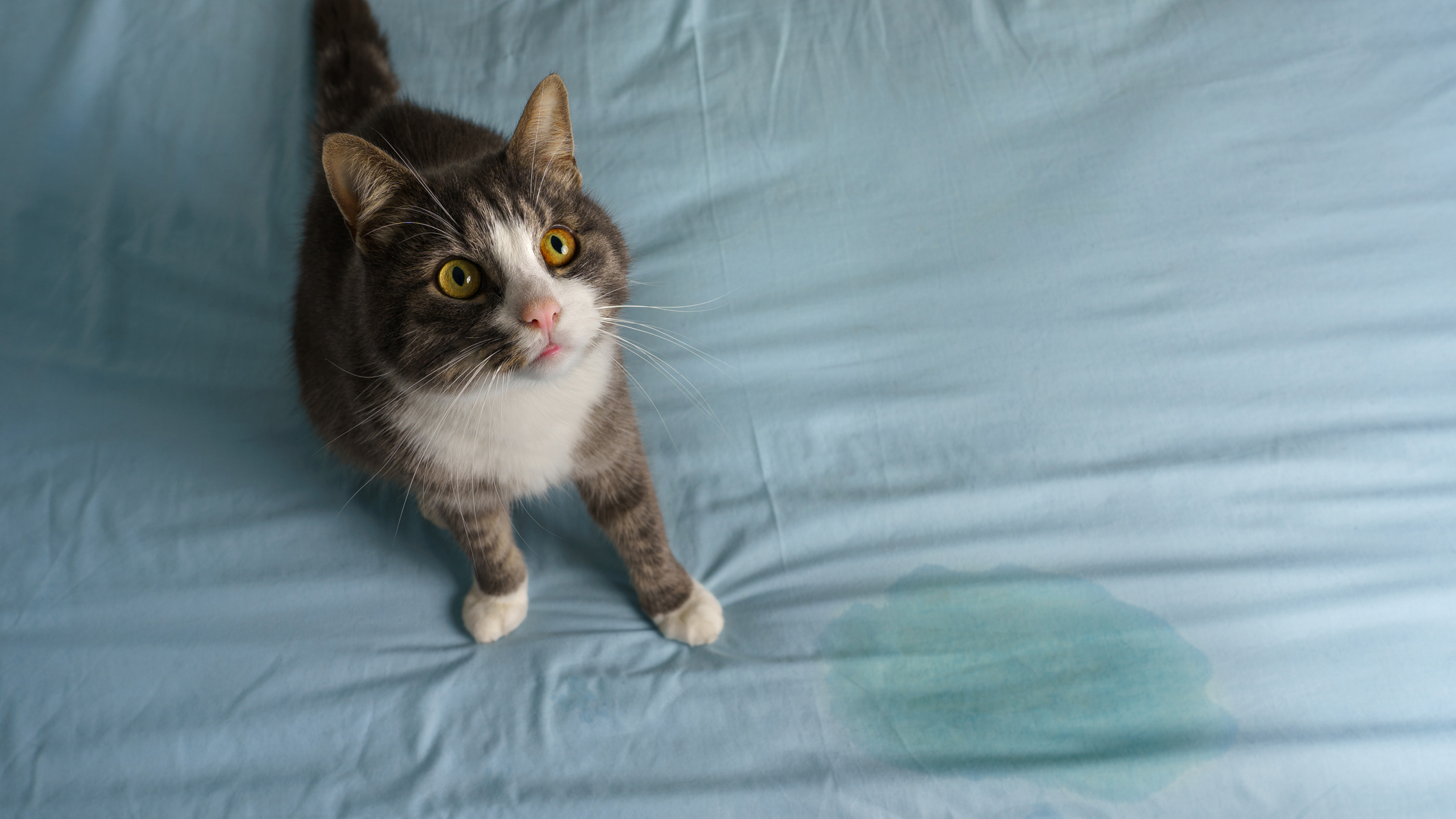
What you'll need:
- Clean cloths or paper towels
- Cold water
- White vinegar
- Baking soda
- Spray bottle (optional)
- Enzyme cleaner (optional, but recommended for pet urine)
1. Blot the urine
If the urine stain is fresh then you'll need remove any traces of it before you begin. If it's been left a while, then it is still worth blotting the area to make sure there is no excess moisture still apparent. Don't rub the area but do press down firmly to ensure you can lift moisture that's gone within the fabrics.
2. Make a cleaning solution
In a spray bottle mix together equal parts cold water and white vinegar. If you're cleaning up pet urine then you may wish to purchase an enzyme cleaner, especially if you're cleaning cat urine which can be particularly difficult to remove.
3. Apply the cleaning solution
Apply the cleaning solution to the stain. We would reccomend you use a spray bottle to avoid over saturating the surface. But if you don't have one, you can dampen a clean cloth with the solution and gently blot the stain. Leave this to sit on the surface for at least 10 minutes as this will give the ingredients plenty of time to break down acids found in urine.
4. Blot and repeat (if needed)
Using a clean cloth, blot the stain to remove any excess mositure, you should start to notice the stain lifting. It's likely that you'll need to repeat the process a couple of times to completely get rid of the urine stain.
5. Finish off with baking soda to freshen the area
Sprinkle a generous layer of baking soda over the area to absorb any left over moisture and to neutralize any odors. Leave the baking soda to dry for a couple of hours before vacuuming the surface to remove any residue.
How to know it’s time to replace your mattress this Labor Day
How to know it’s time to replace your mattress this Labor Day
Sadly, there comes a point where a stained mattress can't be rescued. If your mattress has noticeable sagging then it's a sign that the structure of your mattress is starting to break down. And you may also notice that even though you're trying to clean the stains from your mattress, they're persistent or getting larger, this can mean your mattress is starting to degrade.
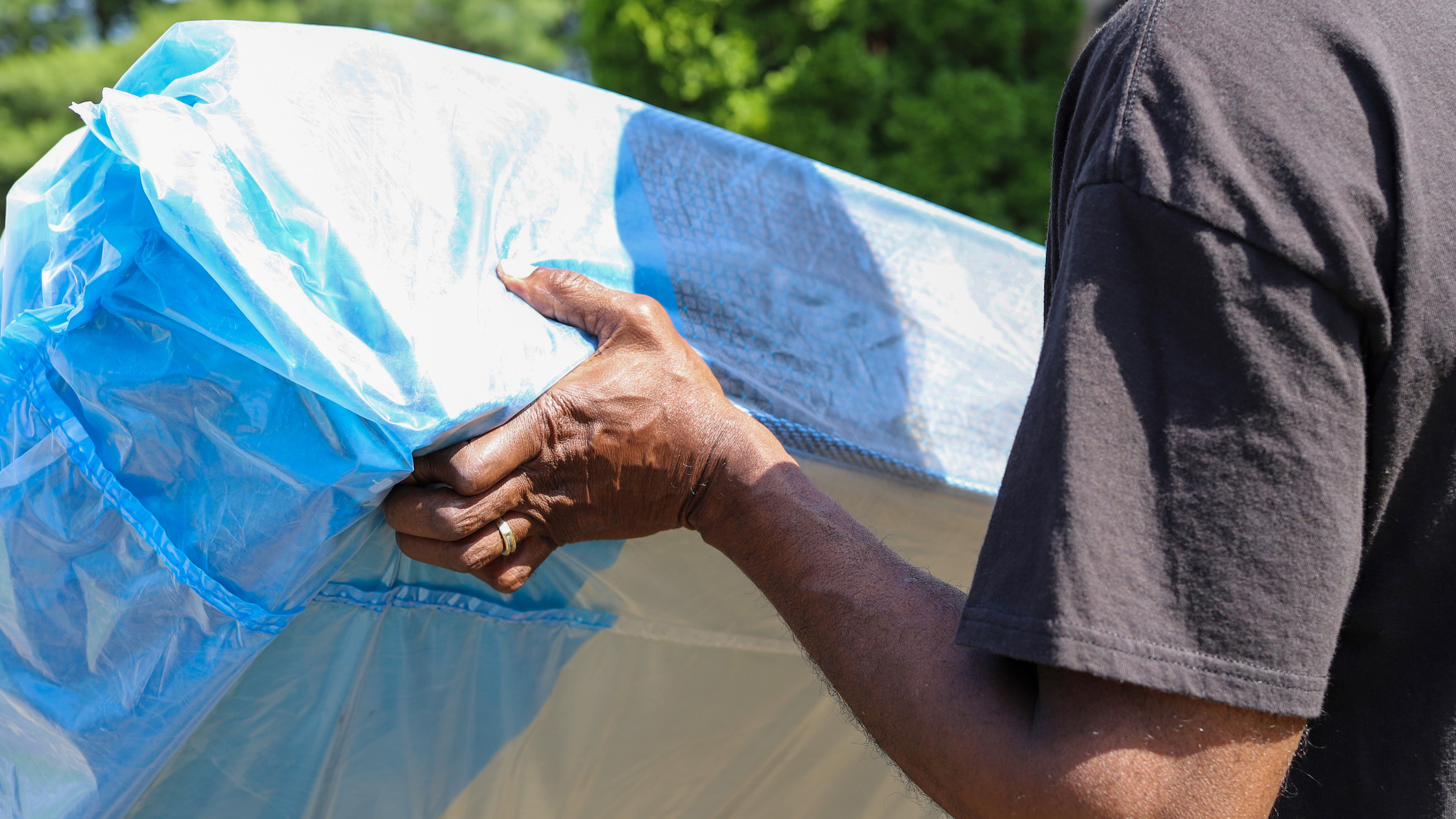
It's also time to replace your mattress is if you're waking up with back, neck, shoulder or hip pain, as these are sure signs your mattress isn't offering you adequate support - and that's something that will never improve. Most mattresses only have a lifespan of eight to 10 years, so if you're noticing any of the above signs or your mattress is over a decade old then it may be time to buy a new one.
The upcoming Labor Day mattress sales and deals mean now is a great time to buy, with many mattress brands slashing their prices. One of our favorite deals is the evergreen 50% off discount on the DreamCloud Hybrid, which allows to save £818 on a queen DreamCloud Hybrid at DreamCloud Sleep. Plus, a forever warranty, a 365-night home trial, and free shipping and returns are also included.

Rachael is a freelance journalist based in South Wales who writes about lifestyle, travel, home and technology. She also reviews a variety of products for various publications including Tom’s Guide, CreativeBloq, IdealHome and Woman&Home. When she’s not writing and reviewing products she can be found walking her Sealyham and West Highland terrier dogs or catching up on some cringe-worthy reality tv.
